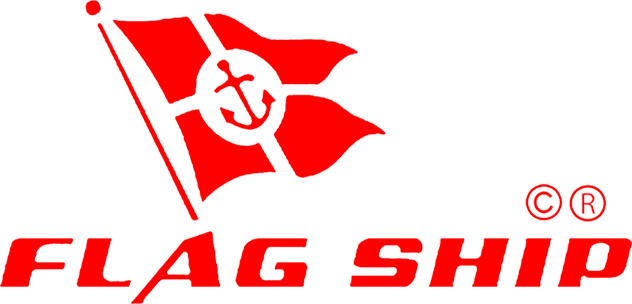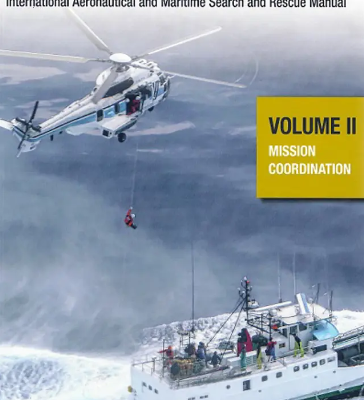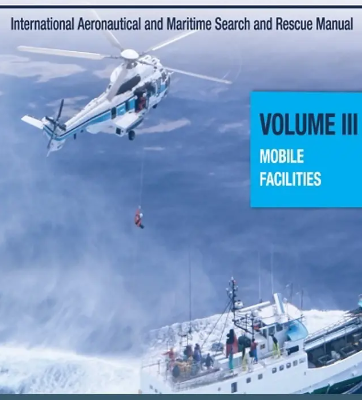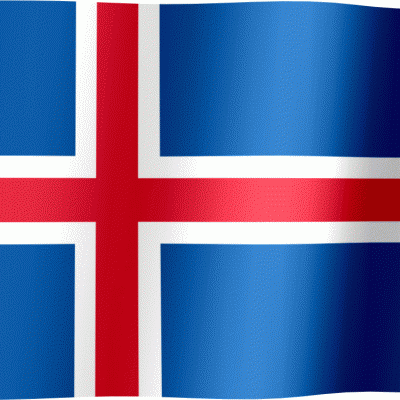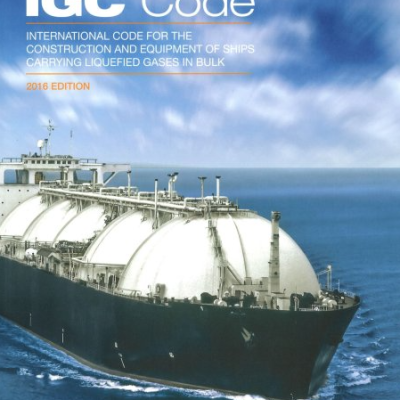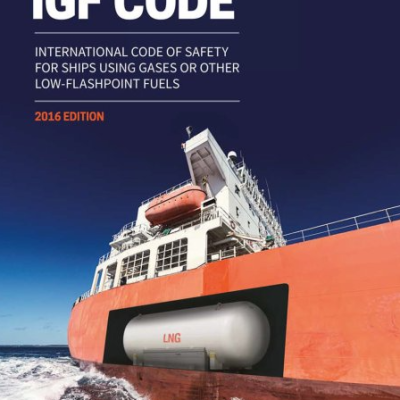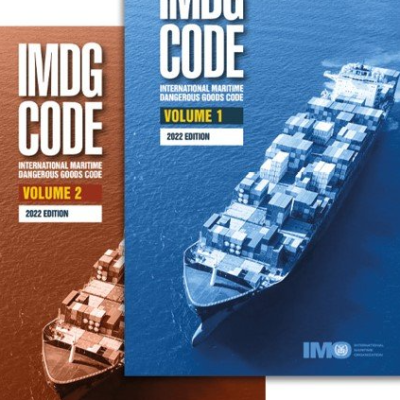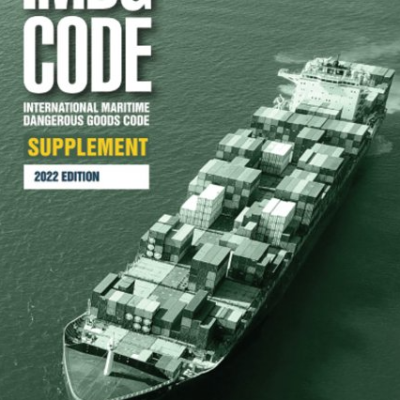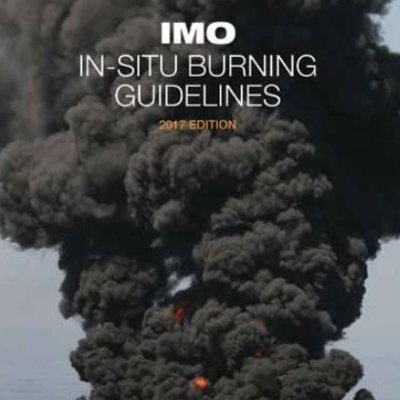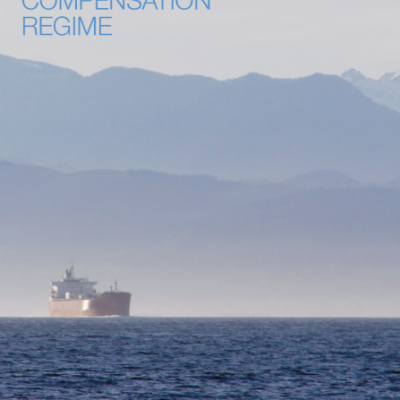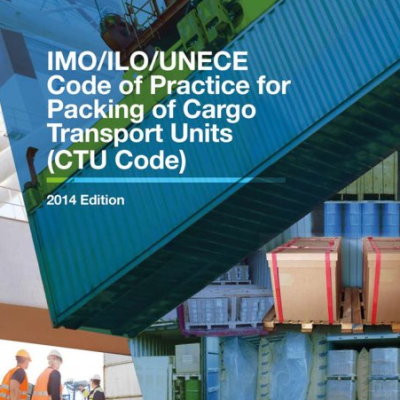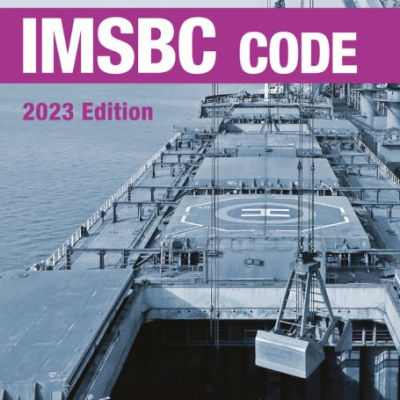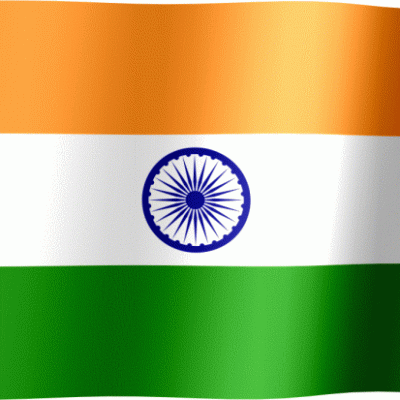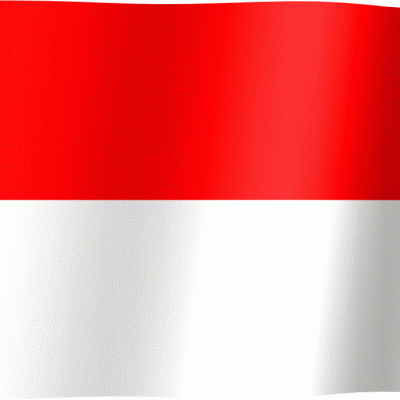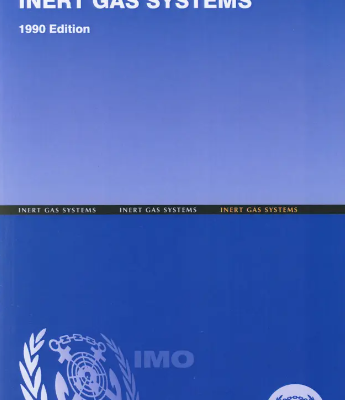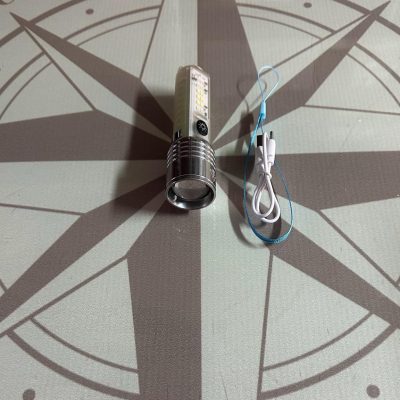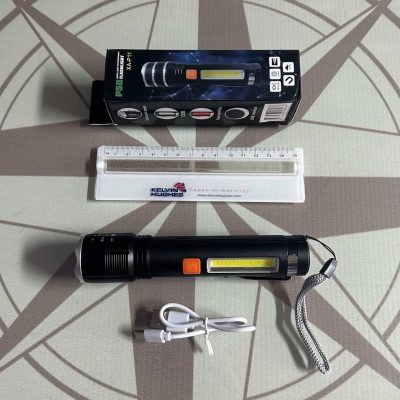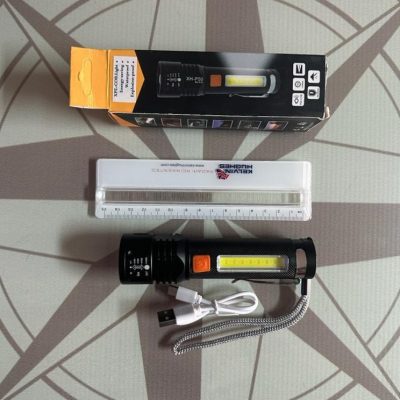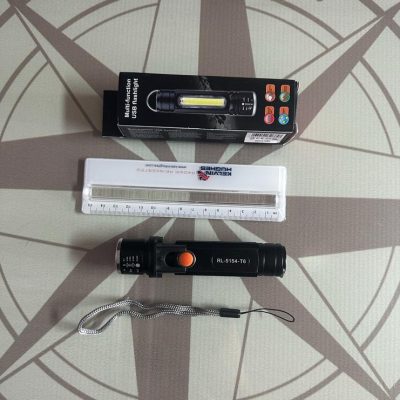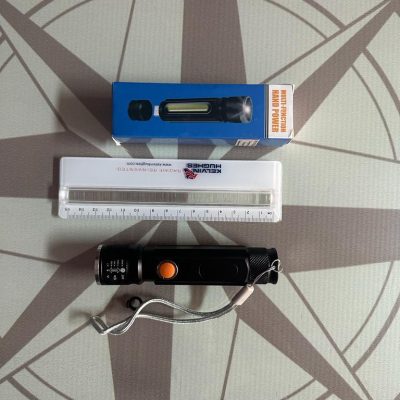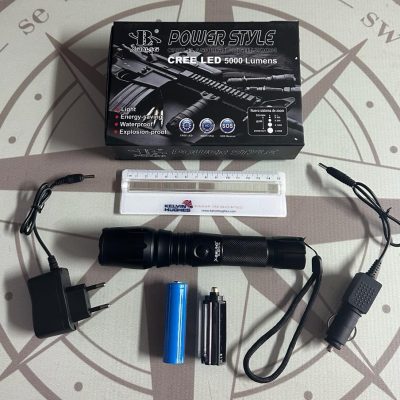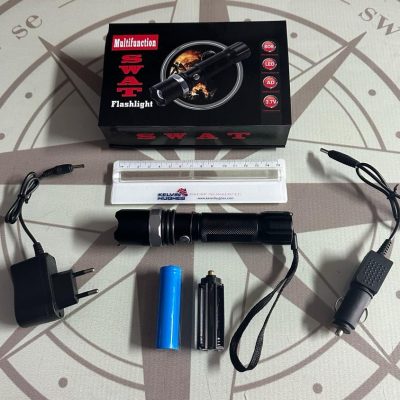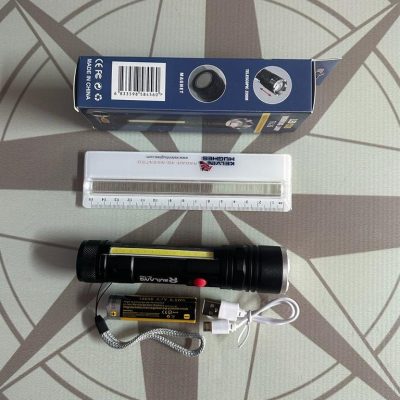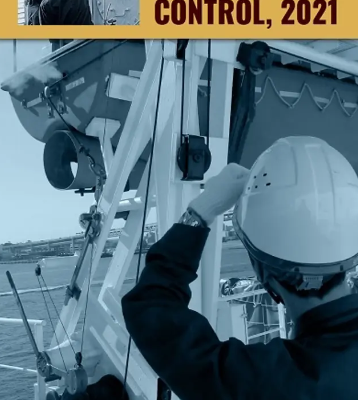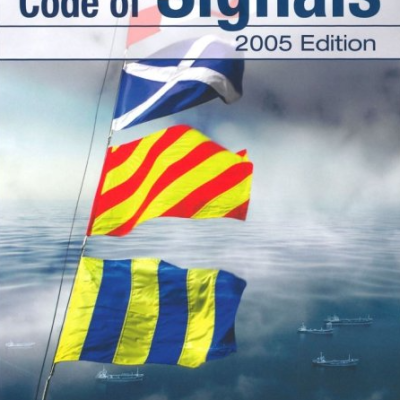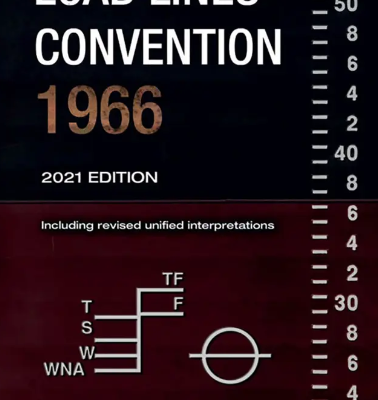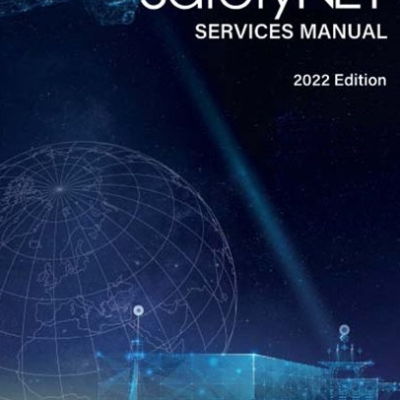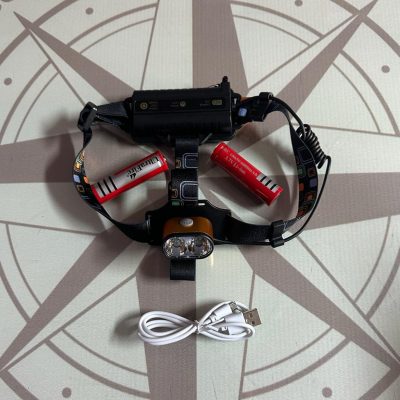E-Catalogue
IAMSAR Manual / Volume II
-
EDITION : 9th,2022
-
PUBLISHER: IMO
-
LANGUAGE: ENGLISH
-
SKU: KH961E
-
The Mission Coordination volume assists personnel who plan and coordinate SAR operations and exercises.
IAMSAR Manual / Volume III
-
EDITION : 12th,2022
-
PUBLISHER: IMO
-
LANGUAGE: ENGLISH
-
SKU: IK962E
-
IAMSAR Manual Volume III – 2022 Edition Mobile Facilities (volume III) is intended to be carried on board rescue units, aircraft and vessels to help with the performance of a search, rescue or on-scene coordinator function and with aspects of search and rescue that pertain to their own emergencies.
-
A new edition of the IAMSAR Manual is published every three years.
-
The 2022 edition includes amendments, adopted by the International Civil Aviation Organization (ICAO) and approved by the Maritime Safety Committee of the International Maritime Organization (IMO) at its 103rd session in May 2021 by means of MSC.1/Circ.1640, which become applicable on 1 June 2022.
IBC Code
-
EDITION : 6th,2020
-
PUBLISHER: IMO
-
LANGUAGE: ENGLISH
-
SKU: IE100E
-
The purpose of this Code is to provide an international standard for the safe carriage, in bulk by sea, of dangerous chemicals and noxious liquid substances listed in chapter 17 of the Code.
-
The Code prescribes the design and construction standards of ships, regardless of tonnage, involved in such carriage and the equipment they shall carry to minimize the risk to the ship, its crew and the environment, having regard to the nature of the products involved. T
-
his edition of the Code incorporates a number of amendments which have entered into force since it was last published in 2016, including: – resolutions MEPC.302(72) and MSC.440(99), amending the model form of International Certificate of Fitness for the Carriage of Dangerous Chemicals in Bulk, which entered into force on 1 January 2020; and – resolutions MEPC.318(74) and MSC.460(101), amending chapters 1, 15, 16, 17, 18, 19 and 21, including a complete revision of the product information set out in chapters 17 and 18, which enters into force on 1 January 2021
ICELAND FLAG
-
IMPA CODE: 373197 / SIZE: 2′ * 3′ – 60 cm * 80 cm
-
IMPA CODE: 371228 / SIZE: 3′ * 4′ – 80 cm * 120 cm
-
IMPA CODE: 371328 / SIZE: 4′ * 6′ – 120 cm* 180 cm
-
IMPA CODE: 371428 / SIZE: 6′ * 8′ – 180 cm* 240 cm
IGC Code
-
EDITION : 2nd,2016
-
PUBLISHER: IMO
-
LANGUAGE: ENGLISH
-
SKU: IA104E
-
The purpose of the International Code for the Construction and Equipment of Ships Carrying Liquefied Gases in Bulk (IGC Code) is to provide an international standard for the safe carriage, by sea in bulk, of liquefied gases and certain other substances that are listed in chapter 19.
-
Through consideration of the products carried, it prescribes the design and construction standards of the ships involved and the equipment they should carry to minimize the risk to the ship, its crew and the environment.
IGF Code
-
EDITION : 1st,2016
-
PUBLISHER: IMO
-
LANGUAGE: ENGLISH
-
SKU: I109E
-
The purpose of the International Code of Safety for Ships Using Gases or Other Low-Flashpoint Fuels (IGF Code), is to provide an international standard for ships using low flashpoint fuel, other than ships covered by the IGC Code.
-
The basic philosophy of this Code is to provide mandatory provisions for the arrangement, installation, control and monitoring of machinery, equipment and systems using low flashpoint fuel to minimise the risk to the ship, its crew and the environment, having regard to the nature of the fuels involved.
IMDG Code
-
EDITION : 15th,2023
-
PUBLISHER: IMO
-
LANGUAGE: ENGLISH
-
SKU: KM200E & IN200E
-
The IMDG Code is divided into two volumes: Volume 1 containing sections on general provisions, definitions and training; classification; packing and tank provisions; consignment procedures; construction and testing of packaging’s, IBCs, large packaging’s, portable tanks, MEGCs and road tank vehicles and transport operations, and Volume 2 containing the Dangerous Goods List, special provisions and exceptions, Appendix A (list of generic and N.O.S. proper shipping names), Appendix B (glossary of terms) and the Index.
-
Since it was first published in 1965, the Code has undergone many changes, in both format and content, in order to keep up with the rapid expansion of the shipping industry.
-
Amendment 41-22 includes revisions to various sections of the Code and to transport requirements for specific substances. It was adopted by the International Maritime Organization’s Maritime Safety Committee at its one hundred and fifth session in April 2022 and is mandatory from 1 January 2024 but may be applied by Administrations in whole or in part on a voluntary basis from 1 January 2023.
-
The provisions of the Code should be of interest to maritime administrations, shipping companies, manufacturers, packers, shippers, feeder services such as road and rail, and port authorities.
IMDG Code Supplement
-
EDITION : 13th,2022
-
PUBLISHER: IMO
-
LANGUAGE: ENGLISH
-
SKU: IL210E
-
The International Maritime Dangerous Goods Code (IMDG Code) lays out the regulatory framework for all aspects of handling dangerous goods and marine pollutants in sea transport, but does not include all details of procedures for packing of dangerous goods or actions to take in the event of an emergency or accident involving personnel who handle goods at sea. This Supplement presents the publications associated with the IMDG Code that cover these aspects of the transport of dangerous goods. This edition supersedes the previous one with immediate effect.
IMO In-Situ Burning Guidelines
-
EDITION : 1st,2017
-
PUBLISHER: IMO
-
LANGUAGE: ENGLISH
-
SKU: I623E
-
These guidelines provide critical information and recommendations for the use of in-situ burning (ISB) on open water in the offshore environment generally 5 kilometres from land and and in ice-covered waters.
-
These guidelines will allow the response community to understand and take full advantage of ISB technology as another tool for improved spill response.
IMO Liability and Compensation Regime
-
IMOs comprehensive liability and compensation regime has been developed by the Legal Committee since its inception in 1967.
-
EDITION : 1st,2018
-
PUBLISHER: IMO
-
LANGUAGE: ENGLISH
-
SKU: I455E
-
It comprises liability and compensation for pollution incidents, salvage and wreck removal and the carriage of passengers and their luggage. In addition, the Legal Committee developed conventions relating to protection against pollution incidents, empowering coastal States to intervene on the high seas and determining uniform international rules regarding salvage operations. These conventions are closely linked to the liability and compensation regime and have therefore also been included in this publication.
-
This publication has been developed to assist Member States with the effective and uniform implementation of IMOs liability and compensation regime. It provides a practical and comprehensive reference book for administrations, non-governmental organizations and private companies alike.
IMO SMCP
-
EDITION : 2nd,2002
-
PUBLISHER: IMO
-
LANGUAGE: ENGLISH
-
SKU: KA987E
-
In November 2001 the draft of the IMO Standard Marine Communication Phrases (SMCP) that had been adopted by the Maritime Safety Committee in 1997 was amended, following international trials, and adopted by the Assembly as resolution A.918 (22). This resolution revokes A.380 (X), by which the Standard Marine Navigational Vocabulary was adopted in 1977.
-
The phrases are divided into part A and part B. Part A covers phrases to be applied according to the requirements of Table A-II/1 (minimum competence of officers in charge of a navigational watch on ships of 500 gross tonnage) of the STCW Code, and may thus be regarded as the replacement of the Standard Marine Navigational Vocabulary, 1985. This part is enriched by essential phrases concerning ship handling and safety of navigation to be used in on-board communications. Part B calls attention to other on-board standard safety-related phrases which, supplementary to part A, may also be regarded as useful for maritime English instruction.
IMO/ILO/UNECE CTU Code 2014
-
EDITION : 4th,2016
-
PUBLISHER: IMO
-
LANGUAGE: ENGLISH
-
SKU: IC284E
-
Innovations and developments in the types of cargoes carried in freight containers have allowed heavy, bulky items which were traditionally loaded directly into the ships’ hold to be carried in cargo transport units (CTUs).
-
The IMO/ILO/UNECE Code of Practice for Packing of Cargo Transport Units (CTU Code) gives advice on the safe packing of cargo transport units to those responsible for the packing and securing of the cargo and by those whose task it is to train people to pack such units.
-
This publication outlines theoretical details for packing and securing as well as giving practical measures to ensure the safe packing of cargo onto or into CTUs.
IMSBC Code & Supplement
-
EDITION : 13th,2023
-
PUBLISHER: IMO
-
LANGUAGE: ENGLISH
-
SKU: IL260E
-
The International Maritime Solid Bulk Cargoes Code (IMSBC Code), adopted on 4 December 2008 by resolution MSC.268(85), entered into force on 1 January 2011, from which date it was made mandatory under the provisions of the SOLAS Convention. The present edition incorporates Amendment 07-23, which may be applied from 1 January 2024 on a voluntary basis, anticipating its envisaged official entry into force on 1 January 2025.
-
This publication also presents additional information that supplements the IMSBC Code, such as the Code of Practice for the Safe Loading and Unloading of Bulk Carriers (BLU Code, including BLU Manual) and Recommendations on the safe use of pesticides in ships applicable to the fumigation of cargo holds. The IMSBC Code and supplement is commended to Administrations, shipowners, shippers and masters and all others concerned with the standards to be applied in the safe stowage and shipment of solid bulk cargoes, excluding grain.
INDIA FLAG
-
IMPA CODE: 373198 / SIZE: 2′ * 3′ – 60 cm * 80 cm
-
IMPA CODE: 371229 / SIZE: 3′ * 4′ – 80 cm * 120 cm
-
IMPA CODE: 371329 / SIZE: 4′ * 6′ – 120 cm* 180 cm
-
IMPA CODE: 371429 / SIZE: 6′ * 8′ – 180 cm* 240 cm
INDONESIA FLAG
-
IMPA CODE: 373199 / SIZE: 2′ * 3′ – 60 cm * 80 cm
-
IMPA CODE: 371230 / SIZE: 3′ * 4′ – 80 cm * 120 cm
-
IMPA CODE: 371330 / SIZE: 4′ * 6′ – 120 cm* 180 cm
-
IMPA CODE: 371430 / SIZE: 6′ * 8′ – 180 cm* 240 cm
Inert Gas Systems
-
EDITION : 3rd,1990
-
PUBLISHER: IMO
-
LANGUAGE: ENGLISH
-
SKU: K860E
-
This publication, which supersedes the 1983 edition, comprises five parts, containing the texts of the Guidelines for Inert Gas Systems and of relevant IMO documents.
-
The content of the guidelines is based on current general practice used in the design and operation of inert gas systems and incorporates amendments adopted by the Maritime Safety Committee at its forty-second, forty-eighth and fiftieth sessions.
-
Provisions of SOLAS covering application and technical requirements, together with recent developments on regulations for chemical tankers, are included.
Instruments relevant to port State control
-
EDITION : 2nd,2022
-
PUBLISHER: IMO
-
LANGUAGE: ENGLISH
-
SKU: KA657E
-
Port State control inspections contribute to ensuring that global maritime standards are being implemented consistently on all ships.
-
This publication provides guidance for port State control officers on the conduct of inspections to support harmonization in the way inspections are carried out worldwide. This edition includes amendments to the Guidelines for investigations and inspections carried out under MARPOL Annex II (appendix 4), the Guidelines for control of operational requirements (appendix 7) and the Guidelines for port State control under MARPOL Annex VI (appendix 18).
International Code of Signals
-
EDITION : 2nd,2005
-
PUBLISHER: IMO
-
LANGUAGE: ENGLISH
-
SKU: IB994E
-
This edition of the Code incorporates all amendments adopted by the Maritime Safety Committee up to 2000.
-
The Code is intended for communications between ships, aircraft and authorities ashore during situations related essentially to the safety of navigation and persons; it is especially useful when language difficulties arise.
-
The Code is suitable for transmission by all means of communication, including radiotelephony and radiotelegraphy.
International Convention on Load Lines
-
EDITION : 4th,2021
-
PUBLISHER: IMO
-
LANGUAGE: ENGLISH
-
SKU: IC701E
-
The International Convention on Load Lines, 1966, adopted by the International Conference on Load Lines on 5 April 1966, entered into force on 21 July 1968 and has been modified by the 1988 Protocol relating thereto and amended by Assembly and Maritime Safety Committee resolutions over the past 50 years.
-
This 2021 edition includes up-to-date, consolidated text in line with amendments adopted up to 1 July 2021, as well as updated unified interpretations that have been keyed to relevant articles and regulations.
International SafetyNet Manual
-
EDITION : 5th,2022
-
PUBLISHER: IMO
-
LANGUAGE: ENGLISH
-
SKU: ID908E
-
SafetyNet is an international automatic direct-printing satellite-based service for the promulgation of maritime safety information including navigational warnings and meteorological information and other urgent safety-related messages to ships, as well as search and rescue-related information, and fulfils an integral role in the Global Maritime Distress and Safety System (GMDSS). This edition of the Manual, renamed the International SafetyNet Services Manual, incorporates changes introduced to the Inmarsat satellite network and services including the Inmarsat Fleet Safety service, which has been recognized as a mobile satellite service for use in the GMDSS by adoption of resolution MSC.450(99).
